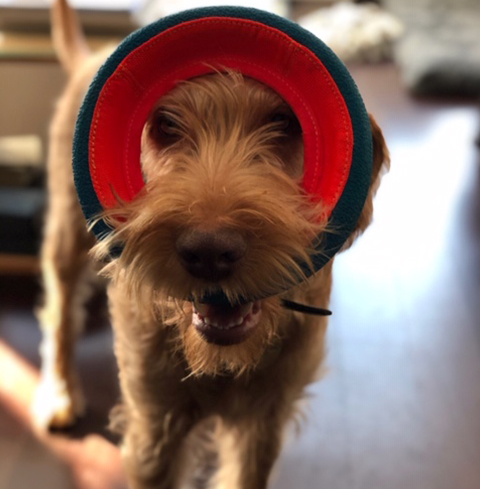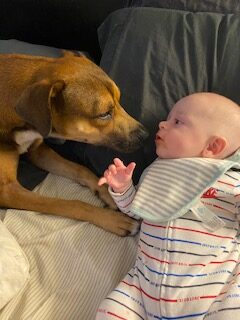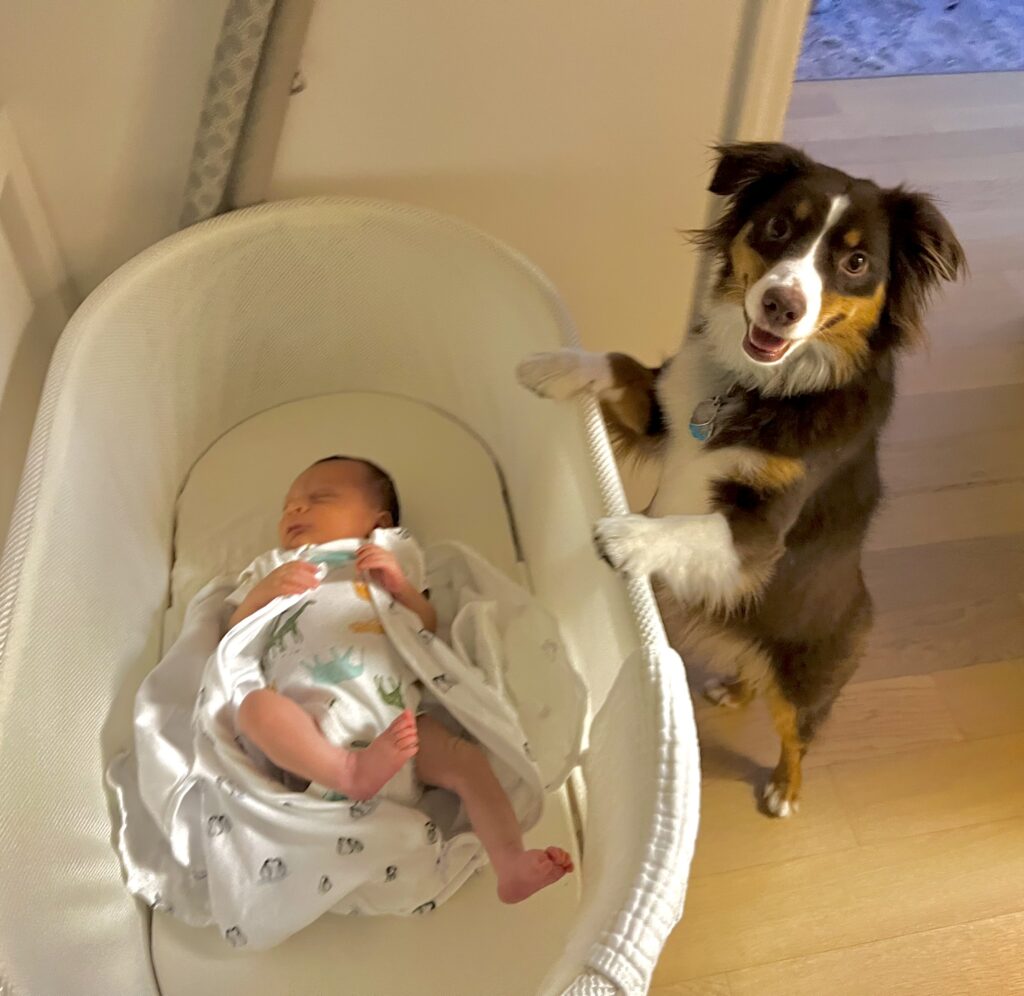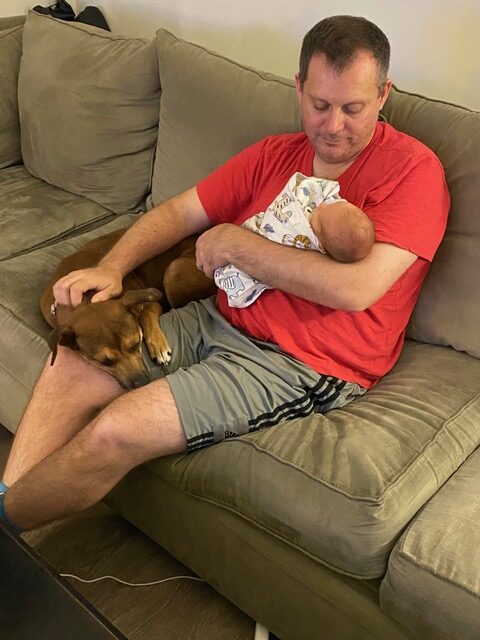Contact me for questions or to set up an appointment.
Taking directions, socializing with dogs and people, and responding to basic obedience commands are fundamental skills that your dog will use for life. You’ll see improvements starting from the very first session. Among the most important things you will do for yourself and your dog, basic training teaches fundamental skills beginning in a distraction-free environment. Setting up a learning structure that you’ll use for the entire course of his or her life, your dog will learn to listen to your direction, focus on cues, and respond to basic obedience commands. As the prerequisite for all good social behavior as well as for any future, more advanced training you may wish to do, basic training is the place to start.
Sign onto a program of one of my basic dog training packages, a series of 3, 4, 5, or 6+ sessions, or begin with a one-time consultation. Either way, I’ll help you structure a series that takes in your personal specifications and meets your dog’s needs. Call or message me
and let’s get started!
Puppy training focuses on teething, biting, barking, Potty training, and setting up feeding watering schedules, etc. Sharon’s methods give you the training and communication skills you’ll need. Her lessons are informative and fun for you and your puppy dog. Whether you choose a pre-puppy consultation or post-arrival, Sharon will list the supplies you need and show you how to set up your home.
Whether you’re just thinking about bringing a new puppy into your life or if you’ve already brought one into your home, there are literally dozens of things you’ll need to know. I can help you make the best possible choices for yourself and for this new family member.
Book a series package or begin with a consultation and then decide how you want to proceed. Call or message me, and I’ll help you put together a program that meets your needs and prepares you for those of your new puppy.
Preparing for the New Puppy’s Arrival:
Basic essentials like puppy-proofing your home and preparing the area(s) where your puppy will sleep, eat and play

When to Begin:
While behavior problems can be difficult to overcome, there are almost always workable techniques that impact the situation and bring improvement. I can teach you to use effective methods that you will be able to use over time while working with your dog. Call or message now to set up a consultation. Don’t wait! Troubled behaviors rarely just disappear.
A dog that understands the rules is much safer and happier. If your dog is not well trained, don’t wait. Get started as early as possible. If your dog is trained but doesn’t always listen, consider a refresher series or consultation. Call or message me, and together we can figure out what your household requires and put a workable plan in place.



A dog that understands the rules is much safer and happier. If your dog is not well trained, don’t wait. Get started as early as possible. If your dog is trained but doesn’t always listen, consider a refresher series or consultation. Call or message me, and together we can figure out what your household requires and put a workable plan in place.
My dog doesn’t listen to me when I call her to come, especially if I bring out the leash. I don’t understand this because she loves to go out for walks but runs away when I bring out the leash, leaving me no alternative except to chase her. I don’t understand why she’s acting opposite from the way I know she feels.
My new puppy always nips at my ankles and pants when I walk around. I tell her a firm, “No,” but he only gets more excited and goes after my legs more aggressively. What can I do about this?
When new people come to our door, my dog goes crazy and jumps on everyone as they enter. What can we do to get him to stop behaving like this? We want him to happily meet and greet people, but to do it without jumping on them!
Virtual Training sessions are a great approach if we cannot meet in person, but only if I think you and your dog(s) will benefit. Virtual training provides a safe way to address your dog’s training and behavior issues.
Virtual sessions are 90min and include a follow-up 15min telephone consultation for up to 2 months after the initial consultation. Whether it be distance, health concerns surrounding in-person visits, or other circumstances, Sharon respects and aims to address everyone’s needs (both human and fur). Call or message me
Lorem ipsum dolor sit amet, consectetur adipiscing elit. Ut elit tellus, luctus nec ullamcorper mattis, pulvinar dapibus leo.
© 2022 Sharon Mear’s Training Cats and Dogs. All rights reserved. Website by Web.com.